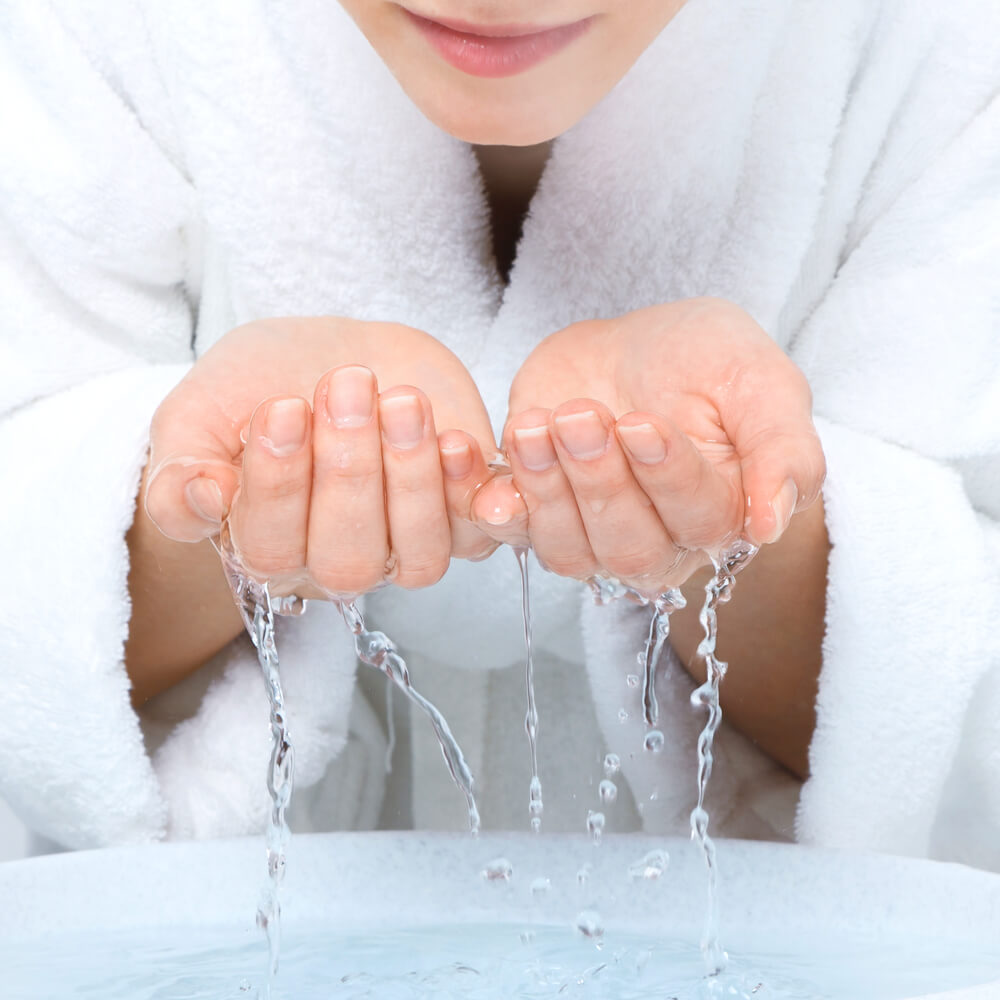Since 1908, it’s been standard practice in the US to add chlorine into our drinking water. It’s because of this that the United States has some of the safest drinking water in the world, as chlorine is great for killing off unwanted waterborne pathogens. Diseases like cholera, salmonella, and others are largely prevented thanks to these measures. That being said, chlorine has its downsides as well. Not only is it dangerous in large amounts, but it’s ineffective against certain microorganisms and at worse can lead to more serious problems. In order to ensure your water supply is safe enough to drink, here are a few things to keep in mind about chlorine.
The Good And Bad News About Chlorine
As mentioned, chlorine has worked to reduce the chances of contracting certain diseases pretty well. As of 1995, about 64% of community water systems in the US use chlorine as a disinfectant. It’s used both in regular drinking water and in water treatment facilities as part of the water purification process. As long as the chlorine level stays at a small amount, there isn’t much risk of negative effects on health. A small percentage of people with medical conditions or who are otherwise more sensitive to chemicals may be at a greater risk, though harmful effects can usually be anticipated and prevented with proper care and attention. Be sure to contact your local utilities department if you have concerns and consider solutions such as water filtration or other contamination removing procedures.
The bad news is that chlorine can be dangerous in larger amounts and can even cause complications in smaller doses. For example, some household pets such as fish cannot survive long in chlorinated water and many plants can be negatively affected as well. Those who are undergoing dialysis treatments at home should not use chlorinated water either, as it can be severely unhealthy to have chlorine in one’s bloodstream. Most dangerous is the risk of chlorine poisoning which can occur if swallowed in large enough amounts. This can lead to severe tissue damage within the gastrointestinal tract and potentially case flu and cough-like symptoms as well. Other more serious health issues can be caused when chlorine mixes with other contaminants as well, though usually in accidental cases of contamination. For these reasons and others, many people have become increasingly wary of the chlorine in their drinking water and some have even shown interest in removing it from their water completely.
 How Water Softening Can Help
How Water Softening Can Help
Water softening is great for removing unwanted hard materials from drinking water and replacing them with softer sodium compounds. This is excellent for creating a better quality of water within your home, but it can also be useful in filtering out other unwanted chemicals. Alongside a home water filter, it’s possible to install a complete water treatment system to keep yourself protected from the harshest contaminants that could negatively impact your health. The result should be fresh, clean water that’s safe to drink, bathe, and wash with without having to worry about possible health risks from chlorine, lead, and other contaminants.
At Advanced Water Softening, we keep our standards exceptionally high in regard to our clients’ water. Our experienced technicians are trained to diagnose every water system with the utmost care and provide a viable solution for our clients’ individual needs. Water softening and water filtration equipment can be installed as needed to provide a healthier, safer, and overall more satisfying environment for your home or place of business. Visit us here to learn more about our services and how we can help to transform your water for the better.





